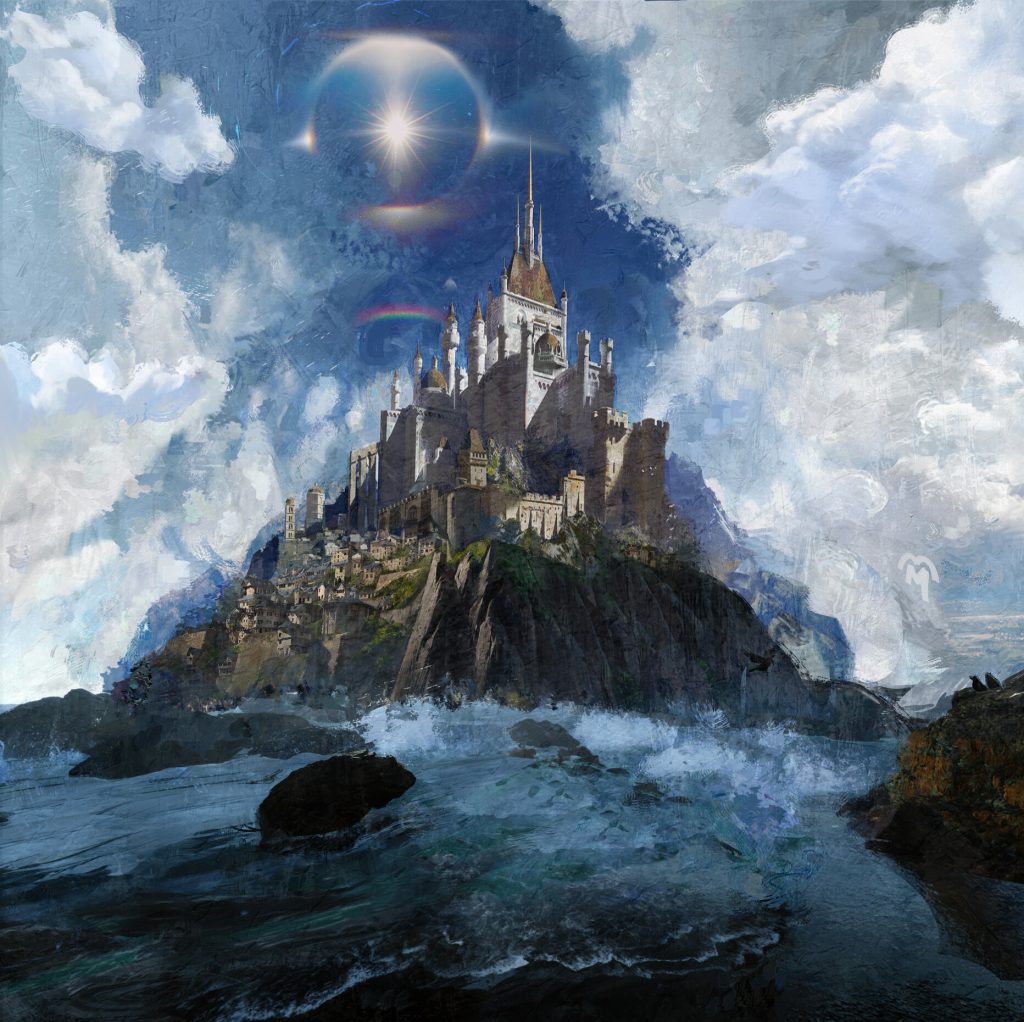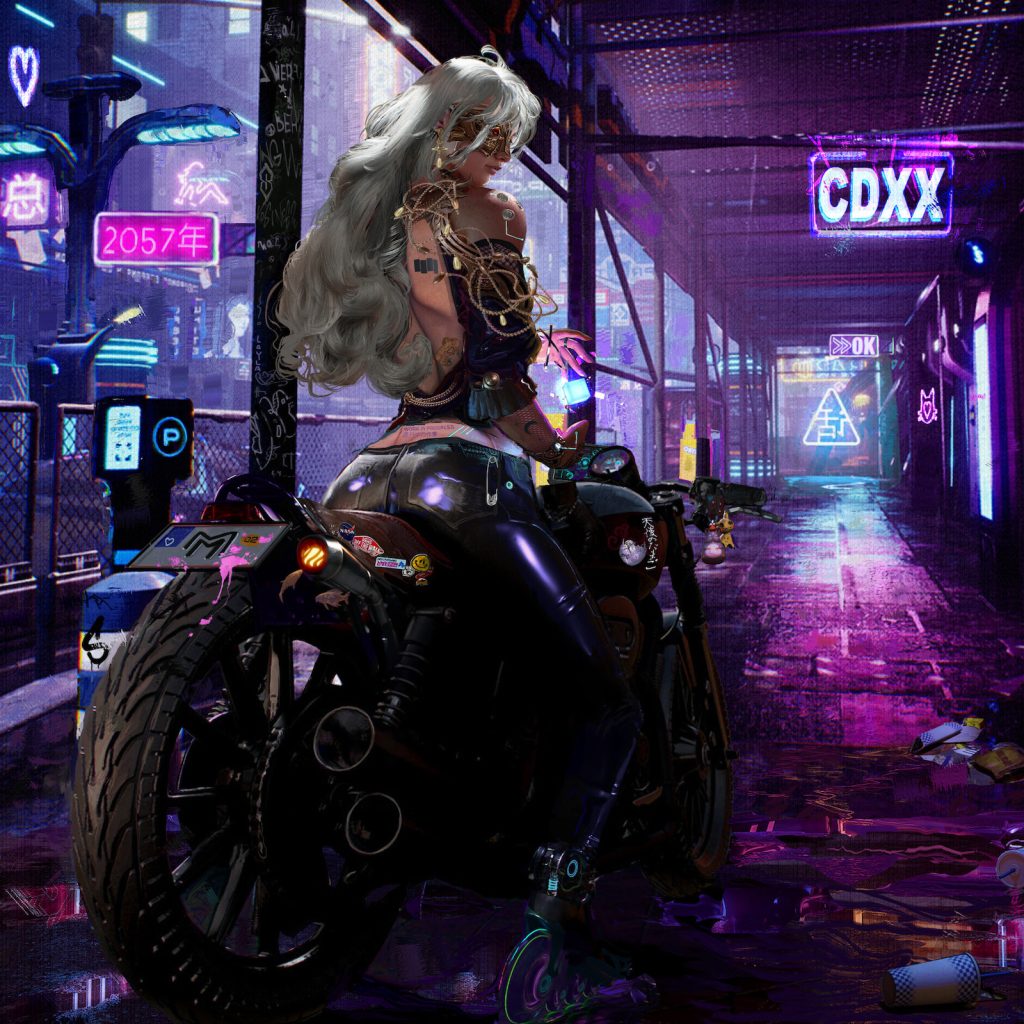“Inspired by moments…”
Paul Zimmerman in conversation with Layla Vladi
Paul Zimmerman: How did you get interested in art?
Layla Vladi: I’ve been an artist pretty much ever since leaving the womb and I was lucky enough to have been introduced to painting by my mother and grandmother who loved art and regularly took me to museums. The work that had a profound influence on my development as an artist was my childhood favorite – Edvard Munch’s The Four Sons of Dr. Linde, which introduced me to the magical possibilities of painting. I also recall sitting in front of Hermann Linde’s Goethe’s narrated opera paintings, immersed in the hypnotic stillness, not questioning why or how this was achieved – just experiencing it. Also I have spent a long time living with images of Van Gogh’s Starry night paintings that have long captivated me, especially the earlier, modest but beautiful Starry night over the Rhone, which I find very powerful. They all introduced me to the alchemy of painting something that continues to intrigue me today.
PZ: What is the most challenging aspect of your work?
LV: Not listening to that little voice in my head that keeps telling me that I should just leave any mistakes as it is. Usually when I hit a wall, I quit working on the painting. Blanking out is a sign that there is something wrong with the design or process, but I can’t see what it is right away. I put the piece on display where I can see it all the time and then shift gears and start something new. Over time, sometimes months, the light bulb goes on and I can see what was troubling me.

PZ: What inspires you?
LV: I’m inspired by moments I have experienced over the past years in which I have felt simultaneously two polar opposite emotions. I became interested in how my brain processes this, and my art began to serve as a methodical sorting of my thoughts. Ultimately I think the best inspiration to me as an artist, indeed as a person, was given to me by my parents. Especially my mom who encouraged me to follow wholeheartedly what I love to do and what inspired me in life, and in the moments when I felt completely lost, in a matter of fact way she would always tell me to ‘just keep painting.’ I couldn’t be where I am now without her priceless advice.
LV: For me, making a new painting is a way of reflecting on observed or lived experiences and communicating that. I hope to start every new piece as a mirror for people to deepen their understanding of themselves. I use the titles of my work to give viewers a hint or a way in to thinking about the work, but other than that I like to leave it open to interpretation. Through my practice I hope to create a dialogue, both internal and external, that in some way resonates with viewers.
PZ: How do you know when the work is finished?
LV: It really depends but recently I became really attached to each piece as I was working on it! Usually once a painting is done I’m able to set it aside and move on to the next one. However, with this current series not one painting was done before another. Instead, I kept rotating back through the pieces, adding to each one until I found that they collectively felt complete. It was a shift in my practice and a welcome one! I enjoyed being able to let one inform the other as I worked on the pieces in tandem. Then, to my surprise, paintings will almost fit together like puzzle pieces; this happens subconsciously and always surprises me. There can literally be marks leading from one painting to another.
LV: My processes of creating paintings always differ. Sometimes in the past I would paint only driven by my feelings, without any sketches, on the spot. I love this impulse very much, but it does not happen as often as it used to. I like to experiment as much as possible. I use at least five or six different programs to create my art instead of limiting myself to a single one. Usually the scheme is as follows: First of all, I create brisk sketches of stories on a particular topic. The number of sketches does not matter. When I get the result I need, I just feel it. Then I transfer the idea to different programs depending on which one has the specific features that I need for the piece. I never copy my sketch a hundred-per-cent, I always add or remove some details. When creating, the idea can grow, complement, develop and migrate to completely new and unexpected scales.

LV: Weirdly enough I’m mostly influenced by people outside of my medium. I am greatly inspired by the writings of Albert Camus, Joseph Conrad and Chekov’s short stories, with their beautifully written poetic humanism. I sometimes dip into works by Marcel Proust or Fernando Pessoa, in small doses, for their romantic or post-romantic philosophical anecdotes. I also love the spirited reflections of Charles Baudelaire, the fantastical imagination of Edgar Allan Poe, and one of my favorite books ever is The Master and Margarita by Mikhail Bulgakov and the way it’s written, I have re-read it often just for its use of language. I have always been fascinated with the metaphorical and cultural layering of folk tales, I like Petrushevskaya and Shelley and Joyce and Proust and so many but I really love Kafka and am inspired by his writing a lot. As far as my current top two would be Rimbaud and Baudelaire. I think I unconsciously seek inspiration outside of the art world.
PZ: How would you define yourself as an artist?
LV: I define myself as an artist whose work chronicles loss, change, and learning. I paint subjects that hook me on a gut level, working in this way to strengthen my intuition and clear my creative path forward. Technically, I paint for the moment when I can feel the core likeness of my subject. Sometimes this takes me a while, sometimes it doesn’t. In the essentialist space of my work there is room for others to experience their reality while also having the option to connect to mine.
PZ: What are you working on now?
LV: Upcoming exhibition in England and I have a couple of large commissions coming up that will take up a lot of my focus, as well as beginning a new body of work!
PZ: How does the pandemic influence your work and sensibility?
LV: Created amidst the tumult of COVID-19, my paintings express moments of both tension and quietude. Reflecting on conflicting emotions during this time, I use my painting practice to contemplate our mind’s ability to hold two seemingly opposing thoughts at once. Through the juxtaposition of hard-edge shapes and free-flowing brushstrokes, deftly conveying this dialectical phenomenon
